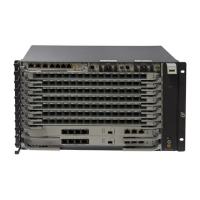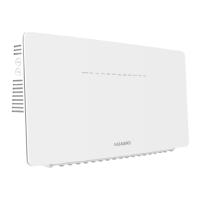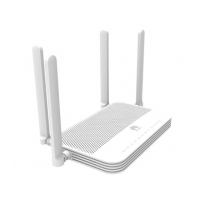CCLINUX
USER Manual
Huawei Proprietary and Confidential
Copyright © Huawei Technologies Co., Ltd
2) Default Information:
Track the process of domain name resolution from the root servers.
3) Internet Address:
Query the network address of domain name.
4) Canonical Name:
Each IP address corresponds to a canonical name and an alias. The canonical name is named
according to the rules, but the two names are the same.
5) CPU/OS Type:
Query a remote host’s OS and CPU information.
6) Mailbox Information:
Mail or mail table information. The information is not timely maintenance, so it’s possible
that what we get from searching is not precies.
7) Name Server:
Provides an authoritative list of server names for the domain.
8) Host name for Address:
Reverse the FQDN of a specific IP address.
9) Start of Authority:
Query the authorization records of the authoritative DNS server for a domain.
10) Mailbox Exchange:
Query the mail’s gateway of the server address that the domain’s.
11) Text Information:
Query information of arbitrary string.
12) Well Known Services:
All server addresses associated with the specified domain.
13) Any/ All Information:
All information related to the specified domain.
9. Finger:
1) Function:
The Finger function is used to query the status of hosts or users on the Internet.
2) Operating procedures:
Click button , show results of finger.
10. Whois:
1) Function:
Whois is used to query the domain name and domain name information.
2) Operating procedures:
Input the domain name then click the whois button or press Enter.

